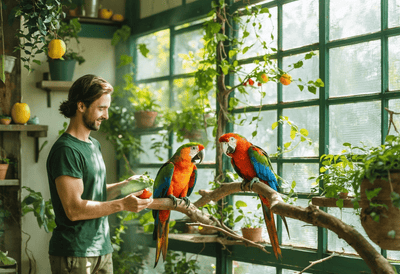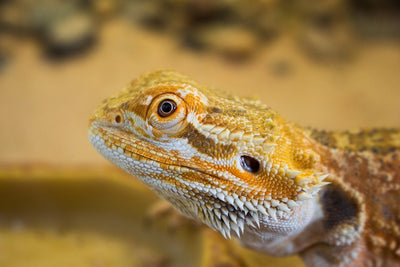Blog result milk frog enclosure
SUBHEADING
Blog posts
Exploring the Benefits of Nutrisource Wet Dog Food
As a new pet owner, you are embarking on a rewarding journey that brings both joy and responsibility. One of...
The Ultimate Walk-In Bird Aviary Guide: Creating a Paradise for Your FeatheredFriends
Transform Your Home into a Bird ParadiseHave you ever dreamed of stepping into a vibrant, lively space where your beloved...
Unlock the Amazing Dog Probiotics Benefits for Your Furry Friend's Gut Health
The Hidden World Inside Your Dog's Digestive SystemEvery pet parent wants their four-legged companion to thrive with boundless energy and...
What Are the Best Deals on Reptile Lights Right Now, and Which Brands Should I Consider?
Are you searching for the perfect reptile light fixture to keep your scaled companion healthy and happy? The right lighting...








